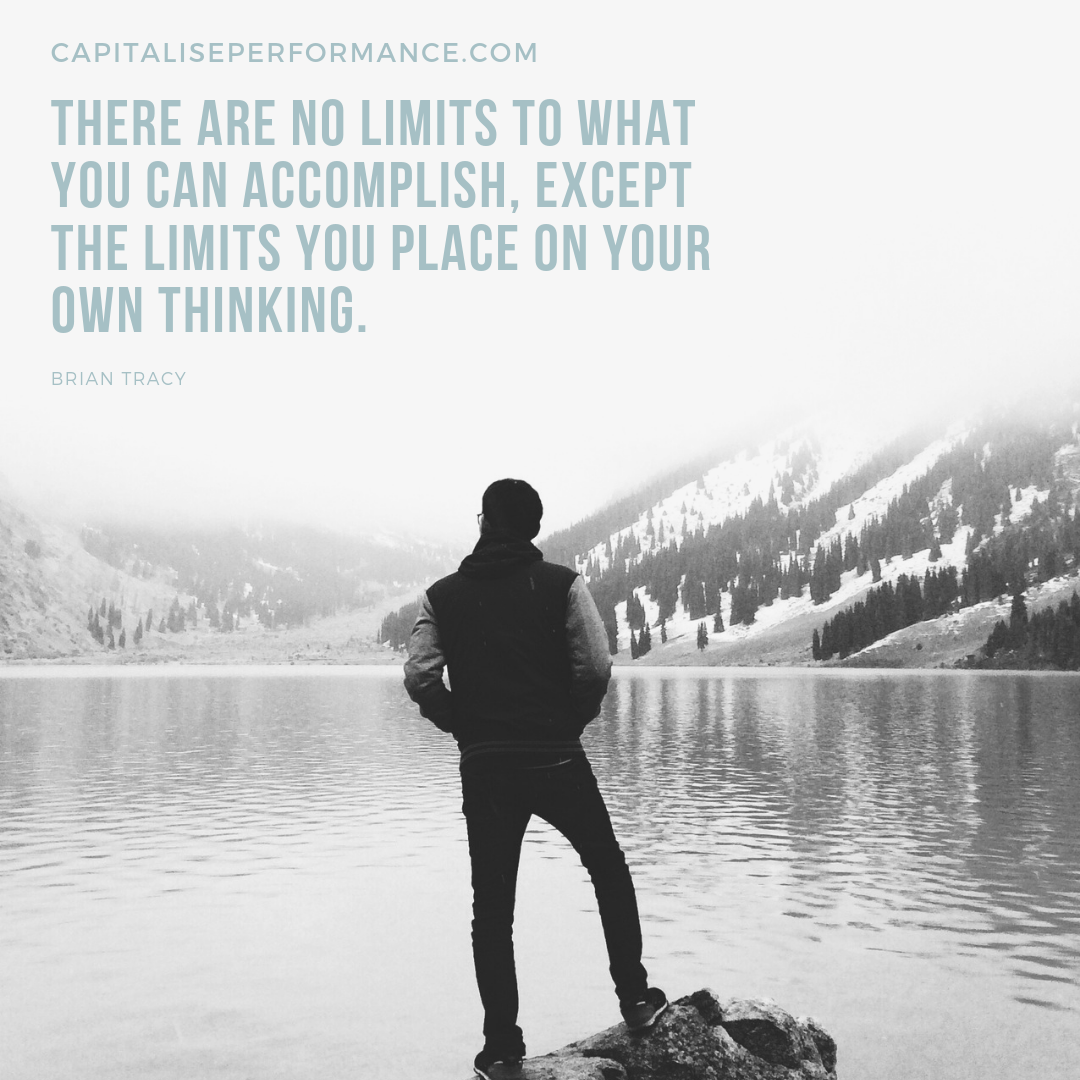Profit with purpose is set to become the norm
It’s interesting that in recent years CEOs have gone from being symbols of aspiration to objects of intense scrutiny. The same can be said for organisations that can no longer hide with social media empowering customers and colleagues and weakening the position of businesses. It’s been quite a shift that CEOs and their companies have had to consider and react to.
Trust has become the ultimate currency and as Patrick Lencioni states in his great book ‘Overcoming the Five Dysfunctions of a Team’; “No quality or characteristic is more important than trust.”
Millennials are driving this trend and 40% of those polled by the Deloitte Millennial Survey 2018 believe the goal of businesses should be to ‘improve society’. Companies should be listening to this group as research shows that by 2020, millennials will make up 40% of all consumers, influencing about $40 billion in annual sales.
Profit with purpose is set to become the norm. A shift from a short-term business perspective to a longer-term perspective is evolving. Leaders are understanding that the bigger picture counts. It’s pretty simple - if the environment fails, our society will fail and our businesses and economies will fail. Fact! A bigger picture purpose also motivates colleagues within an organisation, I remember my time fondly at Bupa and all the colleagues I worked with there were very focused on playing their part to deliver the company’s purpose ‘Longer, healthier and happier lives’.
Interestingly, a new shorter and sharper 2018 UK Corporate Governance Code was launched last July designed to set higher standards of corporate governance in the UK to promote transparency and integrity in business and, at the same time, attract investment in the UK in the long-term, benefiting the economy and wider society.
Section 1 of the revised Code named Leadership and Purpose, emphasises the need for boards to determine and promote the culture of their company and to engage with shareholders and their wider stakeholders.
In the Culture and Boards at a glance report by Ernst & Young 2016, 92% have said that investing in culture has improved their financial performance. Culture starts with setting the right purpose, vision and values for an organisation.
The organisation must be looked at as a whole, not in parts. If you’re to carry out a successful transformation (culture) change, there are a number of steps to embrace:
Commitment to the change from on high
Baseline measurement
Executive team alignment
Setting the purpose (WHY) and vision (WHAT) and aligning to the other ‘what’, the strategy
Setting the values and behaviours which will achieve your purpose (HOW)
Personal, structural, values, purpose, vision, strategy and change alignment
Communication and engagement
Embedding programme
Measurement
Reset
Leaders remain the drivers of culture change and are critical to its success. Engagement and communications are essential to bring the purpose, vision, values and roadmap alive to colleagues and keeping them motivated by progress. The enablers and levers are the people processes, structures, incentives and procedures that must all reflect the espoused values, vision and purpose.
Leaders are the most critical in my mind and Richard Barrett states and I’m wholly with him on this “The culture of an organisation is a reflection of leadership consciousness. If you want the culture of your company to evolve, you must either change the leaders or the leaders must change.”
To be effective, any change management or cultural transformation process must focus on the whole system, not just part of it. The three main factors that need to be focused on if you want to build a values-driven organisation are the personal values of the people leaders, the structural alignment of the company and the well-being of colleagues (values and vision alignment).
Look out for my next blog that looks at the importance of measuring culture change and how using colleagues across the organisation to do this can be the most powerful approach.









